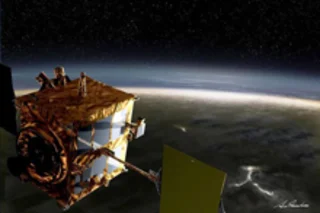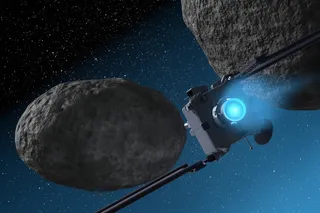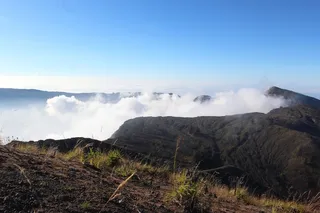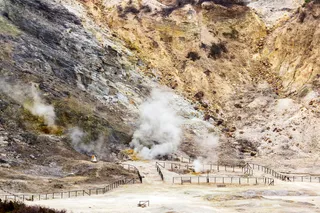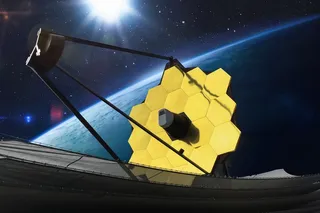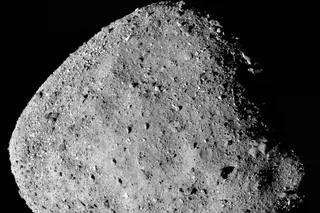Japan's new spacecraft has reached Venus; that much we know. But today Akatsuki left its creators hanging when it lost contact with home for longer than expected, and Japan's space agency JAXA is now trying to make sure the $300 million mission reached the orbit they intended for it above the second planet from the sun. When Akatsuki arrived at Venus and swung around the backside, it was expected to lose contact with Earth for a little over 20 minutes. Instead, it couldn't reach JAXA for an hour and a half, sending the space scientists scrambling to make sure nothing went awry.
Communications with the probe were eventually resumed, but it's currently unclear whether Akatsuki successfully entered orbit around Venus. "It is not known which path the probe is following at the moment," JAXA official Munetaka Ueno told the AFP news agency. "We are making maximum effort to readjust the ...


